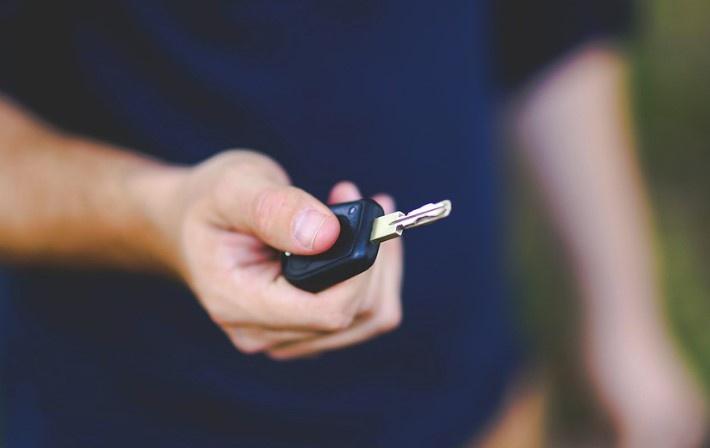As drivers, we have a responsibility to ensure that we are following safety rules and regulations while on the road. Even the most experienced drivers can find themselves in dangerous situations, which is why it's crucial to always stay vigilant and practice safe driving habits. In this article, we will cover some of the most important safety tips for every driver. So, let’s get right into it.
Always Wear Your Seatbelt
This might seem like an obvious safety tip, but it's worth emphasizing that wearing a seatbelt is one of the simplest and most effective ways to prevent serious injuries or fatalities in the event of an accident. Make sure that everyone in the car is buckled up before you start driving.
Observe Speed Limits
Speed limits are not random - they are designed to keep you and other drivers safe on the road. Always pay attention to posted speed limits and adjust your speed according to traffic and weather conditions. Remember, speeding not only increases your chances of getting into an accident but also puts you at risk of receiving a traffic violation.
Regular Maintainance
Regular maintenance is essential for keeping your car in safe working order. Make sure to get your car serviced according to the manufacturer's recommendations, and always address any issues or strange noises immediately. This will not only ensure that your car is safe to drive, but it can also save you money in the long run by preventing costly repairs. But your vehicle isn’t the only thing that needs maintenance. As we grow old we forget some things. It’s natural. However, on the road, it can be devastating if you forgot some principles. This is a common occurrence with people who haven’t driven in a long time. So, if you find yourself being a bit rusty and are located in Sydney, don’t hesitate to hit up a driving school.
Avoid Distractions
Avoiding distractions while driving is a vital aspect of safe driving. Distracted driving is a leading cause of accidents on the road, and it's essential to keep your focus on the road ahead at all times.
One of the most common distractions while driving is using your phone. Texting, making calls, or using social media while driving can take your eyes off the road, making it more likely that you'll get into an accident. To avoid this distraction, it's important to put your phone away while driving. If you need to make a call or send a message, pull over to a safe spot first.
Other common distractions are eating, applying makeup, and talking. While these may seem like harmless activities, they can all take your focus off the road and increase your risk of getting into an accident. These are little time-savers, but they are also incredibly risky and are better left avoided. And try to limit conversations with passengers while driving. GEICO made a great guide on how to avoid distractions, check them out here.
Follow Traffic Signals
Traffic signals exist to keep everyone on the road safe. Always obey traffic signals, including stop signs, yield signs, and traffic lights. Ignoring these signals can lead to accidents, injuries, and even death. We know, it’s been told a million times already. But there is a reason why this needs to be repeated. Don’t think of them as trivial things, nor dismiss these tips, as they are crucial to your life, and the lives of your passengers and other individuals participating in traffic.
Stay Alert and Well-Rested
Staying alert and well-rested is a crucial component of safe driving. Fatigue and drowsiness can impair your ability to react quickly and make good decisions while on the road, putting yourself and others at risk. Studies have shown that driving while feeling drowsy can be just as dangerous as driving under the influence of drugs or alcohol.
To stay alert and well-rested while driving, it is vital to get a good night’s sleep before you start driving. Aim for at least 7-9 hours of sleep per night to ensure that you are well-rested and alert while driving. If you're planning a long road trip, make sure to take breaks every 2-3 hours to stretch your legs, get some fresh air, and recharge.
It's also essential to recognize the signs of fatigue while driving. These can include yawning, heavy eyelids, drifting out of your lane, and difficulty focusing. If you're experiencing any of these symptoms, take a break and rest for a while. Drinking caffeine or blasting music may provide temporary relief, but they are not a substitute for proper rest.
All in all, safety should always be a top priority for drivers. By following these safety tips, you can help keep yourself and others on the road safe. Remember to always wear your seatbelt, follow traffic signals, and avoid distractions while driving. Also, make sure to maintain your vehicle and stay well-rested and alert while behind the wheel. Hopefully, this article has helped you become a better driver. Till next time!


No comments yet